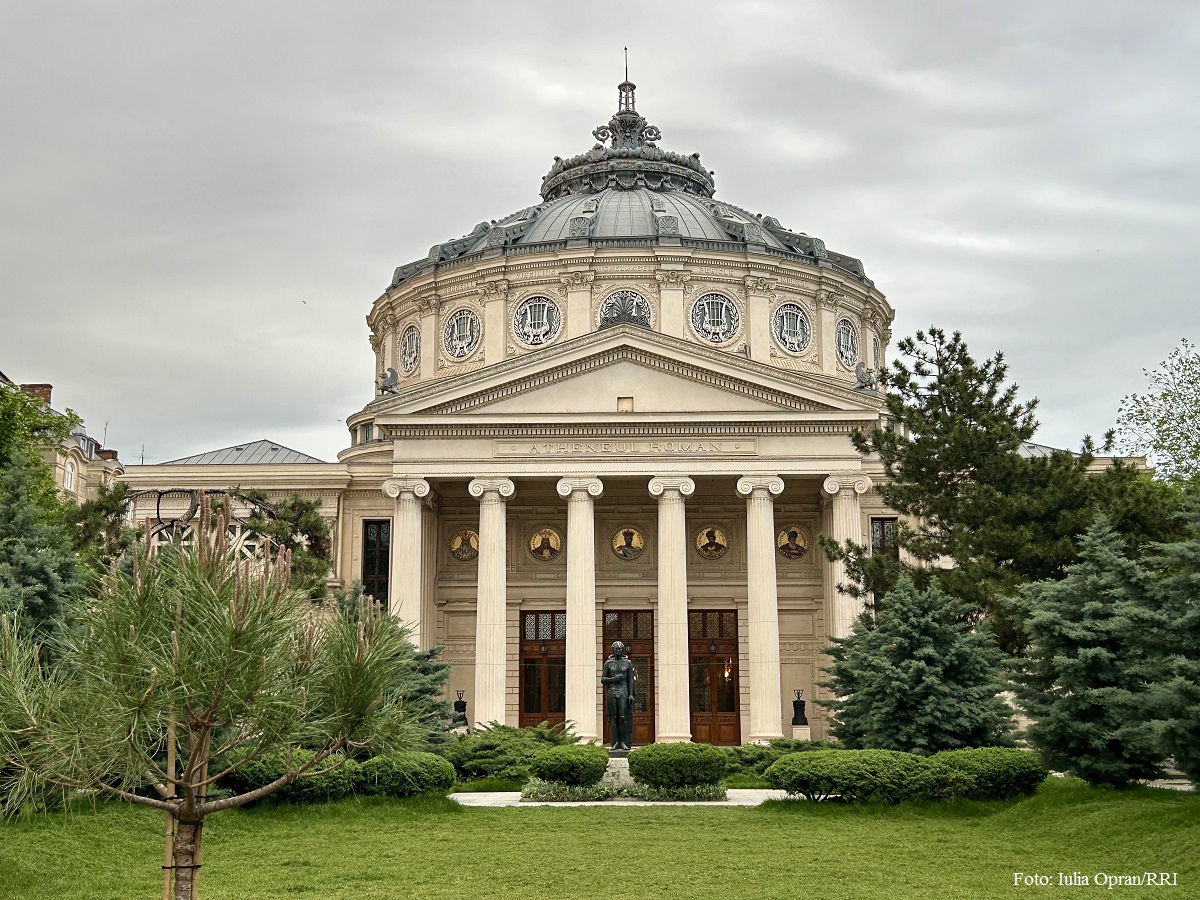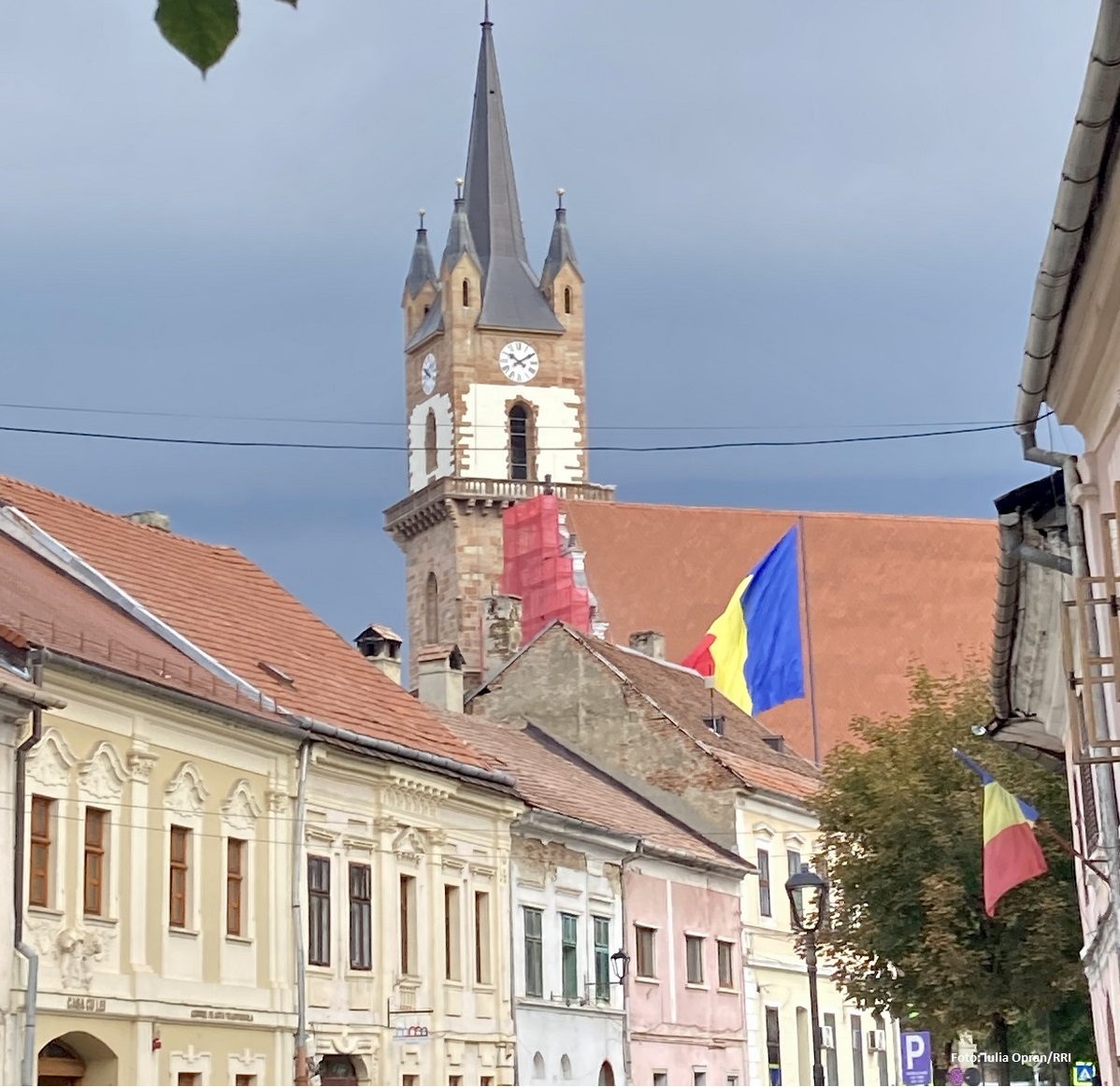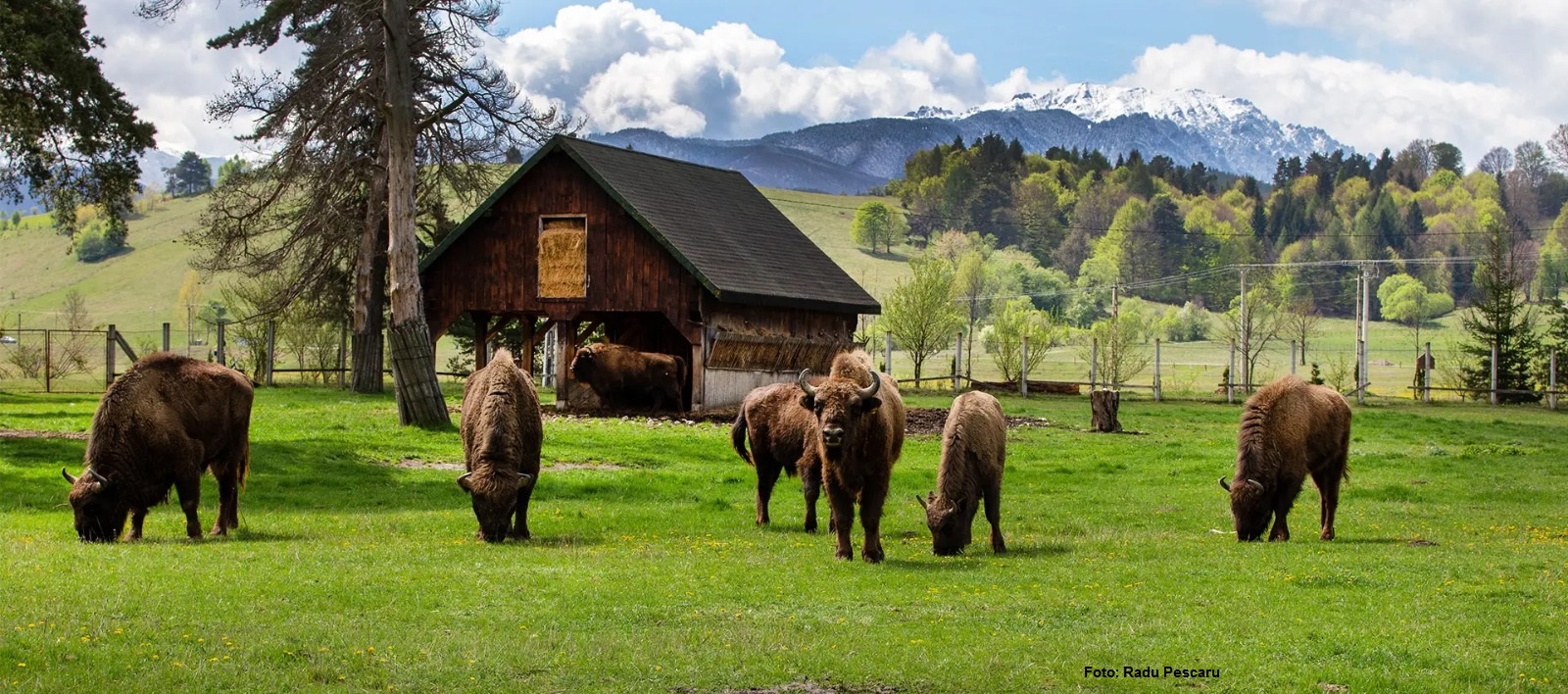Bucharest on Foot
The first definite documentary attestation of Bucharest dates back to 1459

Daniel Onea, 16.05.2024, 14:15
The first definite documentary attestation of Bucharest dates back to 1459. With a rich history, the capital of Romania presents itself today as a point of major interest. Some of the tourists are welcomed by a group of enthusiastic and experienced local guides who organize free walking tours. They are led to the most important objectives, always finding out the most interesting information. Today we are learning about three free walking tours: Communism vs. Monarchy, Old Town and Dracula, as well as Old Town and Communism. They have been included for over seven years in a project called Btrip Bucharest Walking Tour.
Marius Burda, the initiator of this project, says that the inspiration came from countries that already had a tradition of free walking tours for tourists.
“I was once in Sweden. I saw a couple of tours in Stockholm and I really liked them. I said that we could adapt something like this for Bucharest as well. In the spring of 2017, we started. I did the project together with Ștefania, my colleague, who is an experienced guide, and we had to work out several details: which route we choose, what a foreigner would be interested in seeing in Bucharest, how we present the city, because, for most of the time it had a bit of a negative image, and we wanted to turn that whole image into a great experience. Then we decided that the first tour would be called Communism versus Monarchy.”
This tour starts from the Romanian Athenaeum, an emblematic building, and ends at the point of maximum interest for foreign tourists, the Palace of Parliament.
“On this route, we are actually talking about two regimes that changed both Romania and Bucharest, communism and the monarchy. We present the last 200 years of history of the city of Bucharest at the architectural, political level. That’s what this tour is based on: beautiful stories about Bucharest. There are many foreign tourists, for example, who come to Bucharest from countries with a tradition of monarchy, from Norway, from England, and then for them this tour is quite easy to understand and attractive. At the same time, they didn’t have communism, and then it’s all the more interesting. Residents of Bucharest or those passing by came, saw the tour, and were surprised. Indeed, we know the history, but somehow a local informs you better about the city. For example, we talk about the Romanian Athenaeum, we say how it was built, what its history was, then we go to the Statue of King Charles, in front of the National Art Museum, where we talk about the monarchy, and in Revolution Square, where we talk about the Romanian revolution. “
Tourists participating in the tour receive a catalog with images that present the evolution of the places visually, from the past to the present. Many remain impressed, shocked to see that, for example, in Revolution Square, 35 years ago, there were tanks and battles. The tour continues on Calea Victoriei, with Marius Burda, tour guide.
“There we have a hundred stories. We stop at the former National Theatre. Many do not know, for example, that the former National Theater used to be the site of the Novotel hotel. Bombed in the Second World War, it was subsequently demolished. We then go down to Cișmigiu, where we present to them the most beautiful and oldest park in Bucharest, and the last stop is at the Palace of the Parliament, in Izvor Park, where we tell them how the communist regime transformed the city from scratch. It literally razed an entire neighborhood of houses, with everything that was there, and built one of the largest buildings in the world.”
The second tour is also in English.
“It’s called Old Town and Dracula. We only do it in the Old Center area of Bucharest. We meet at Halul lui Manuc, Manuc’s Inn, and there we have a set route only in the central area. In the second tour we present the stories about Old Bucharest, the legend of the city. Many foreigners come to Bucharest and then leave Bucharest for Bran Castle, or Peleș Castle, just being attracted by the legend of Vlad Țepeș. It was a shame not to use this. We present the whole story to them historically, we tell them how the city transformed, how it became Little Paris, then we take them to the Old Center, to see the beautiful churches, at Stavropoleos, at Saint George. We really have something to see.”
The third tour is in Spanish. Marius Burda, tour guide and initiator of the Btrip Bucharest Walking Tour project, says that the decision to have a tour in Spanish came as a result of the large number of tourists speaking this language, who had difficulty understanding English.
“Within our project, we found two very beautiful people, Esu and Gema, originally Spanish, who moved to Romania. With their help, we decided to do a tour for Spanish speakers in Bucharest. The Spanish tour is actually a combination of the two stories from the English tours. We leave with them from Manuc’s Inn and finish the tour at the Palace of the Parliament. It takes about three hours. The other tours last two and a half hours, so we have quite a few stories to tell. Most of them, from my point of view, taking into account that we have a Spanish tour, come from the area of Spain. But many Italians also come. At the same time, many are coming from Germany, from England. We ask how they heard about Bucharest, why they chose Romania, why did they came to Bucharest, how they like Bucharest? Many people have a very good opinion about Bucharest. They say they like the architectural mix. On Calea Victoriei, in a few hundred meters, the architecture changes, they go from old buildings, built over a hundred years ago, to communist buildings. You don’t see something like this in any capital. And in the area of the old center they have everything. Again they are amazed. Our restaurants, our clubs are open until morning. In other European capitals they close at a certain time.”
True friendships are tied at the end of the tours. The proof is the photos on the freetourinbucharest.com website and on social networks. And one of the most important aspects of these tours is that tourists, if they wish, receive all the information to experience Bucharest differently, just like a local.






























